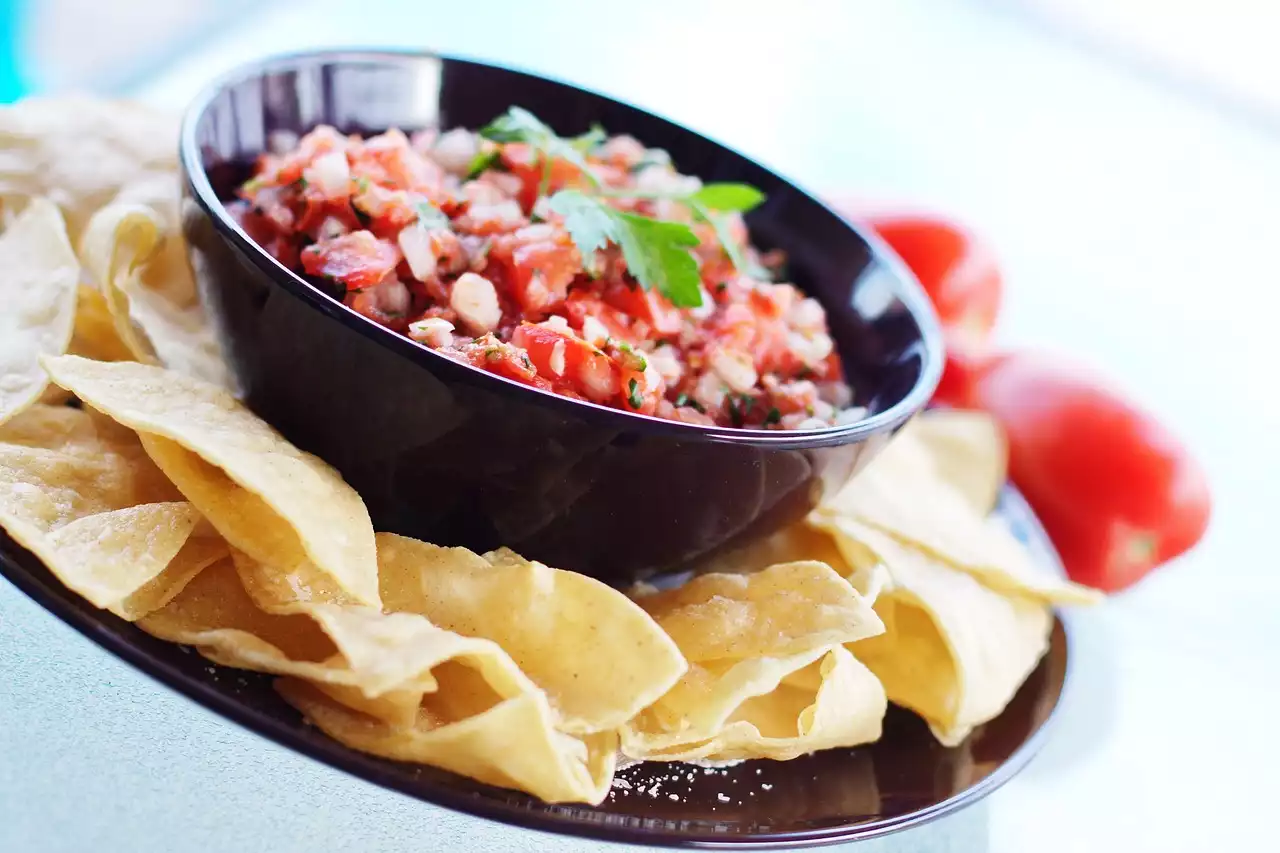Mexican cuisine is known for its bold and vibrant flavors, and salsas are an essential part of it. From pico de gallo to salsa verde, there are many different types of salsas that vary in flavor, texture, and heat level. In this article, we will explore the art of making authentic Mexican salsas, from the essential ingredients and techniques to classic recipes and cultural significance. Whether you are a seasoned cook or a novice in the kitchen, this guide will help you master the art of making delicious and authentic Mexican salsas.
The Essentials of Authentic Mexican Salsas
To make a good Mexican salsa, you need a combination of essential ingredients that vary in flavor, texture, and heat level. The most common ingredients used in Mexican salsas are chiles, tomatoes, onions, garlic, and herbs. However, the type of chile used can vary widely, depending on the desired heat level and flavor profile. Here are some of the most commonly used chiles in Mexican salsas:
- Jalapeño: A medium-hot chile with a bright, grassy flavor
- Serrano: A hot chile with a bright, citrusy flavor
- Habanero: A very hot chile with a fruity, tropical flavor
- Poblano: A mild chile with a rich, earthy flavor
- Chipotle: A smoked and dried jalapeño that adds a smoky and spicy flavor to salsas
Mexican salsas can be divided into several categories based on their primary ingredients and flavor profiles. Some of the most popular types of Mexican salsas are:
- Pico de gallo: A fresh salsa made with chopped tomatoes, onions, and cilantro, often seasoned with lime juice and chiles
- Salsa verde: A tangy and slightly spicy salsa made with tomatillos, green chiles, and herbs
- Salsa roja: A rich and smoky salsa made with roasted tomatoes, garlic, and chipotle chiles
- Guacamole: A creamy and flavorful dip made with ripe avocados, lime juice, and seasonings
Techniques for Making Authentic Mexican Salsas
Making authentic Mexican salsas requires some specific techniques that are traditional to Mexican cuisine. Here are some of the most important techniques for making Mexican salsas:
- Roasting: Roasting tomatoes, chiles, and other vegetables adds a smoky depth of flavor to salsas.
- Toasting: Toasting spices and herbs before adding them to salsas helps to release their essential oils and flavors.
- Grinding: Grinding ingredients with a mortar and pestle or in a molcajete (a Mexican mortar and pestle) helps to blend the flavors and textures of the ingredients.
- Balancing flavors: Achieving a balance of flavors, including sweetness, acidity, and heat, is essential to making a good Mexican salsa.
Recipes for Authentic Mexican Salsas
Here are three classic Mexican salsa recipes that you can make at home:
- Pico de gallo: In a bowl, combine 2 cups of diced tomatoes, 1 diced onion, 1/4 cup of chopped cilantro, 1 minced jalapeño, and 2 tablespoons of lime juice. Season with salt and pepper to taste.
- Salsa verde: Preheat your broiler to high. Remove the papery husks from 1 pound of tomatillos and rinse them well. Place the tomatillos, 1 jalapeño, and 2 cloves of garlic on a baking sheet and broil for about 5 minutes, until the vegetables are slightly charred. Transfer the vegetables to a blender or food processor and add 1/4 cup of chopped cilantro, 1 tablespoon of lime juice, and salt to taste. Pulse until the salsa is smooth but still slightly chunky.
- Salsa roja: Preheat your broiler to high. Cut 4 large tomatoes in half and place them cut-side down on a baking sheet. Add 2 cloves of garlic and 2 chipotle chiles to the baking sheet. Broil for about 5 minutes, until the vegetables are slightly charred. Transfer the vegetables to a blender or food processor and add 1/4 cup of chopped cilantro, 1 tablespoon of lime juice, and salt to taste. Pulse until the salsa is smooth but still slightly chunky.
Where to Find Authentic Mexican Salsas
If you don't have the time or the inclination to make your own salsas at home, there are many places where you can find authentic Mexican salsas. In Mexico, you can find salsas at local markets, street food vendors, and restaurants. If you live in a city with a large Mexican community, you may be able to find salsas at Mexican grocery stores or specialty food shops. There are also many online retailers that sell authentic Mexican salsas and sauces.
The Cultural Significance of Mexican Salsas
Salsas are an essential part of Mexican cuisine and culture, and they have been enjoyed in Mexico for thousands of years. Salsas are often used to add flavor, heat, and texture to a wide variety of dishes, including tacos, enchiladas, and tamales. Many salsas are also used as a dip for tortilla chips or as a topping for tostadas.
Salsas are also an important part of Mexican social life, and they are often shared at family gatherings and other celebrations. In some regions of Mexico, salsas are prepared in large batches and distributed to family and friends as gifts.
Today, Mexican salsas are enjoyed around the world and have become an important part of the global culinary scene. Mexican salsas are known for their bold and vibrant flavors, and they are often used to add a touch of excitement to dishes from other cuisines.
Conclusion
Authentic Mexican salsas are a delicious and versatile way to add flavor and heat to a wide variety of dishes. From the essential ingredients and techniques to classic recipes and cultural significance, this guide has covered all the basics of making authentic Mexican salsas. Whether you're a seasoned cook or a beginner, you can use this guide to master the art of making delicious and authentic Mexican salsas. So, go ahead and experiment with different types of salsas, and discover the rich and diverse world of Mexican cuisine!










